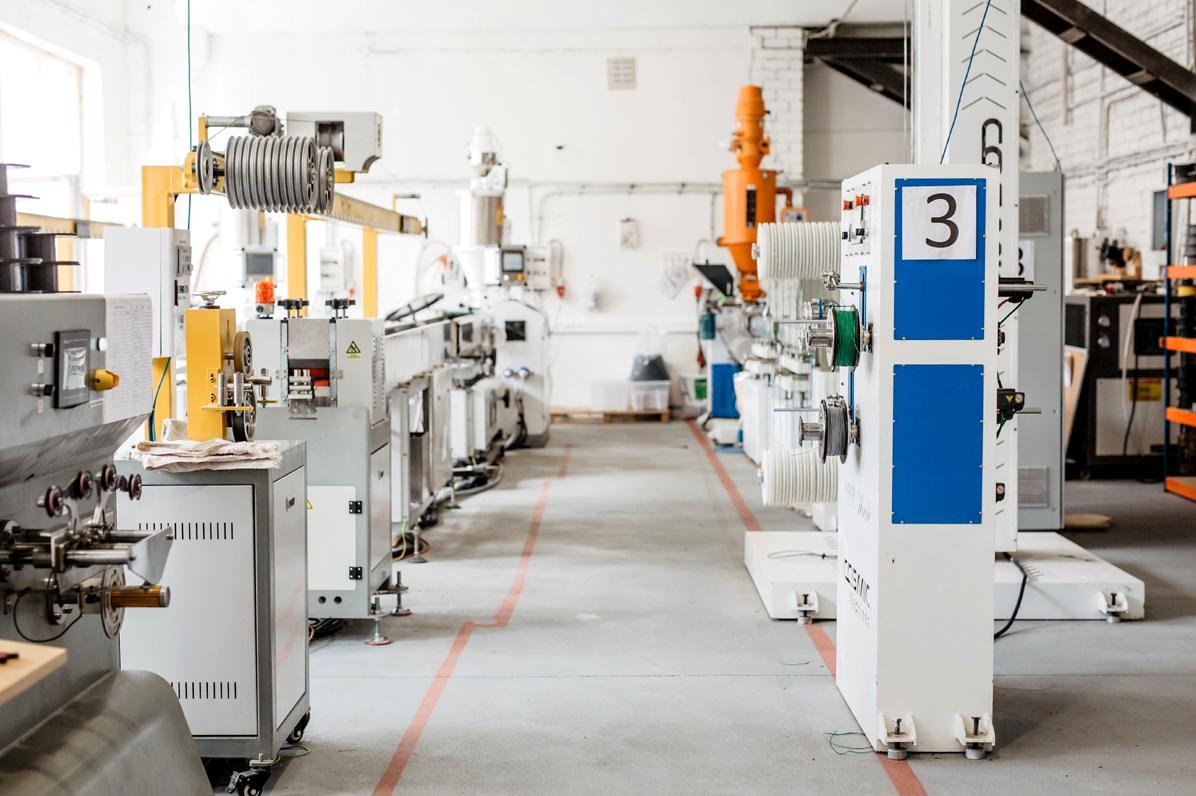In the fast-paced world of 3D printing, businesses looking to scale rely heavily on consistent access to high-quality filament. However, navigating the B2B side of filament purchasing is not as straightforward as placing an order and expecting it to arrive in a few days. For procurement managers, production leads, and wholesale buyers, understanding three essential terms — MOQ (Minimum Order Quantity), lead times, and fulfillment — is crucial. These concepts directly influence pricing, delivery schedules, and even the success of your production cycle. Let’s break down each term and uncover how to manage them wisely in your next 3D filament purchase.
What is MOQ and Why It Matters in B2B Filament Deals
MOQ, or Minimum Order Quantity, is the smallest quantity a supplier is willing to sell for a particular product. In the world of 3D printing filament, MOQs are often based on either weight (e.g., 100 kg of PLA) or volume (e.g., full pallet quantities). Suppliers set MOQs to ensure production efficiency and cost-effectiveness — they need to justify setup time, material use, and packaging overhead. For businesses, this means you’ll often need to place larger orders than you might be used to if you’ve previously sourced filament as a hobbyist or from consumer platforms. However, higher MOQs often come with discounted pricing per unit, giving you better margins — especially important for resellers or manufacturers producing at scale. To manage MOQs effectively: Communicate clearly with suppliers about your needs. Negotiate flexibly when testing new filament types or colors. Partner with suppliers like Filalab who offer competitive MOQs tailored for scaling businesses.
Lead Times: What to Expect from Order to Delivery
Lead time refers to the amount of time between placing your order and when it’s ready to be shipped. In the filament industry, lead times can vary depending on the complexity and size of your order. A typical lead time structure looks like this: 1–3 days: Raw material preparation (e.g., pellets, additives) 3–5 days: Extrusion and spooling 2–3 days: Quality control and labeling 1–2 days: Packaging and outbound processing Custom formulations, such as specialty colors or unique diameters, may extend lead times by several days. External factors — such as holiday seasons, port delays, or raw material shortages — can also contribute to fluctuations. That’s why transparency is key when working with your supplier. At Filalab, we pride ourselves on maintaining consistent and clear lead time expectations. For example, our most popular PLA and PETG filaments typically ship within 7–10 business days, even for bulk orders.
Fulfillment in B2B: How Your Filament Gets to You
Fulfillment is the process of getting your order from the warehouse to your facility — and it involves more than just slapping a shipping label on a box. In B2B transactions, fulfillment includes picking, packing, documentation, international shipping coordination, and often customs clearance if you’re ordering internationally. Buyers should familiarize themselves with common shipping terms such as: EXW (Ex Works) – Buyer arranges all shipping from supplier’s factory FOB (Free On Board) – Supplier handles loading onto carrier; buyer manages transport from that point DDP (Delivered Duty Paid) – Supplier covers all logistics, including duties and taxes Filalab offers flexible fulfillment options based on your location and logistics preference. Whether you’re ordering by pallet, container, or smaller bulk batches, we ensure proper labeling, secure packaging, and full documentation to avoid customs or delivery issues.
Common Challenges — and How to Avoid Them
Delays in filament deliveries often stem from three areas: 1. MOQ issues – New buyers underestimating the required volume or not meeting the threshold. 2. Unrealistic lead time expectations – Assuming just-in-time delivery without accounting for production time. 3. Fulfillment complications – Misunderstanding incoterms or underpreparing for customs documentation. To avoid these pitfalls: Plan ahead with a forecasted purchase schedule. Build strong relationships with responsive suppliers. Ask detailed questions upfront about MOQ flexibility, lead time windows, and shipping terms.
How Filalab Simplifies B2B Filament Deals
At Filalab, we understand the unique needs of B2B buyers in the 3D printing space. That’s why our business model is built around: Flexible MOQ policies — starting from manageable quantities while offering discounts at scale. Reliable lead times — with real-time updates and dedicated support staff to track your order. Streamlined fulfillment — including international shipping assistance and labeling tailored for your inventory system. Whether you’re a 3D printer farm, a manufacturing partner, or a distributor, our focus is on building long-term trust and operational consistency so you can deliver on your projects — every time.
Conclusion: Take Control of Your 3D Filament Supply Chain
Understanding the ins and outs of MOQ, lead times, and fulfillment isn’t just useful — it’s essential if you want to run a smooth, scalable 3D printing operation. These three pillars influence how quickly and affordably you can respond to customer needs or ramp up production. By working with an experienced partner like Filalab, you’re not just buying filament — you’re building a reliable supply chain for growth.

